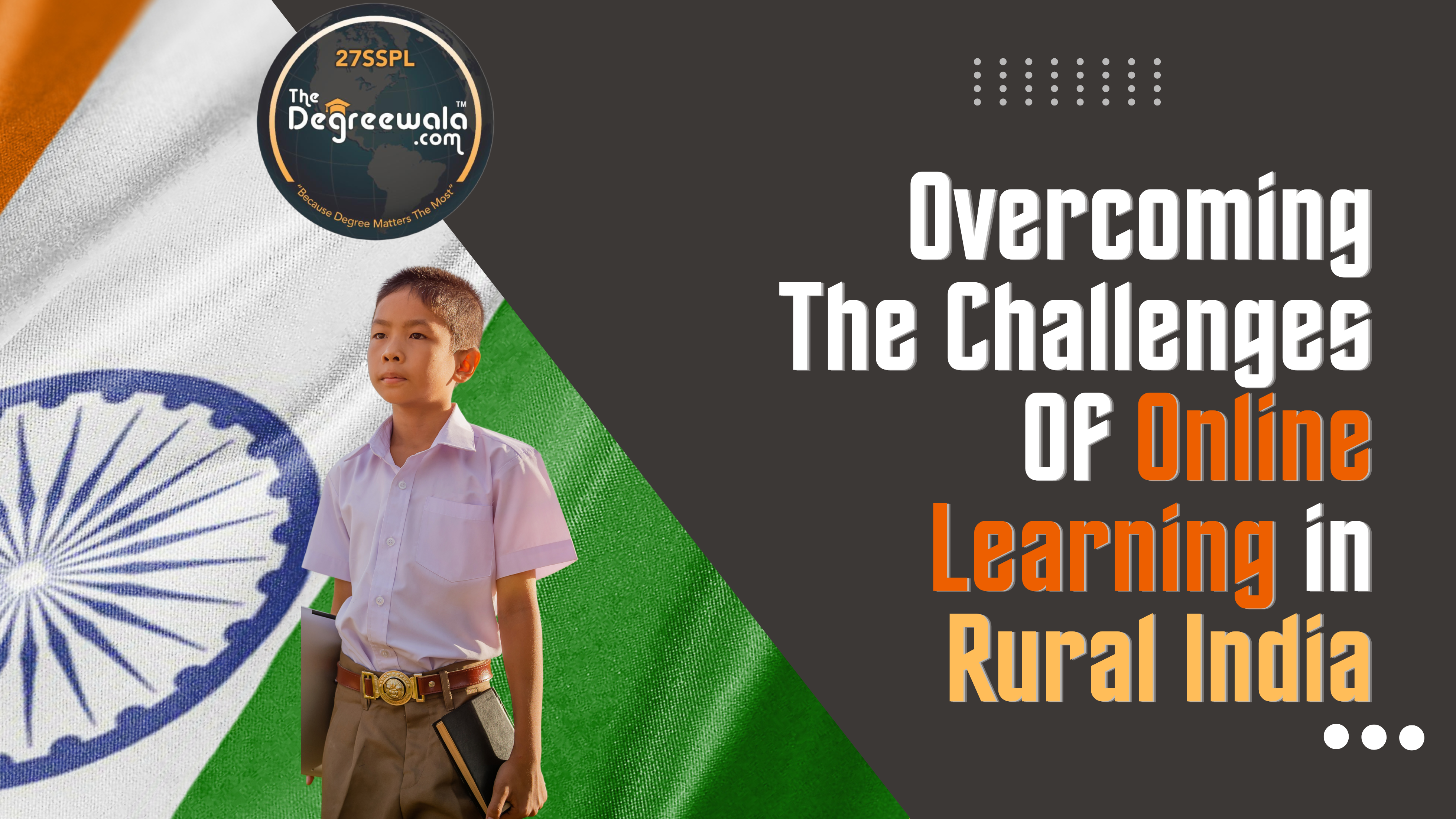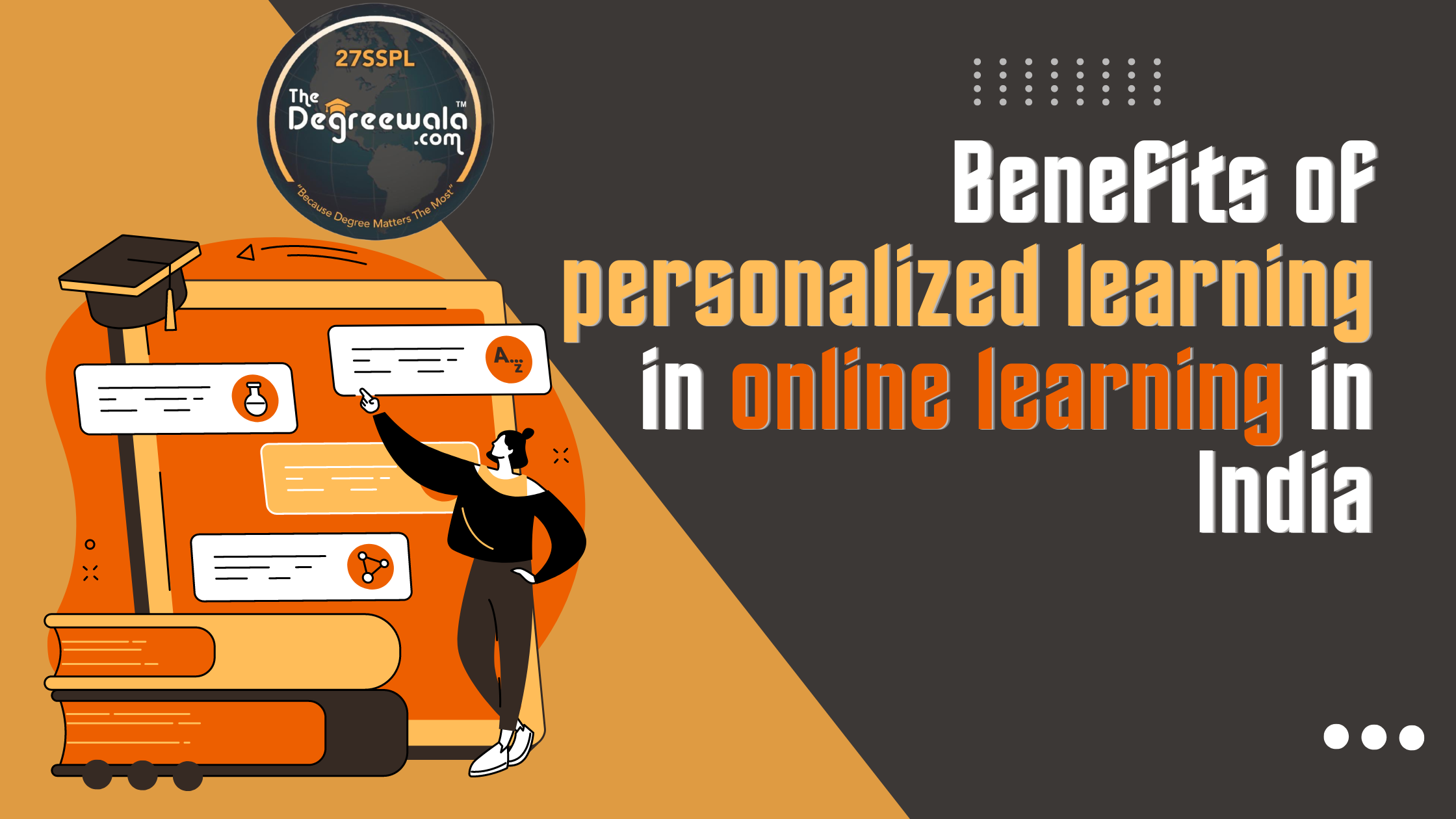Overcoming The Challenges Of Online Learning in Rural India
Online learning has become increasingly popular in India over the past few years, particularly in the wake of the COVID-19 pandemic. However, for students in rural areas, online learning can present unique challenges. In this blog, we will discuss some of the challenges faced by rural students in India and explore strategies for overcoming them.
Lack of internet access:
One of the biggest challenges for rural students is the lack of reliable internet access. Many students in rural areas don’t have access to high-speed internet, which can make it difficult to participate in online classes or complete assignments.
Solution: One possible solution is to explore alternative modes of online learning, such as pre-recorded video lectures or offline content delivery. Educational institutions can also work with local internet service providers to provide affordable and reliable internet connectivity.
Lack of digital literacy:
Many students in rural areas may not be familiar with digital technology, which can make it difficult for them to navigate online learning platforms and tools.
Solution: Educational institutions can provide basic digital literacy training to students, which can help them become more comfortable with technology. Institutions can also provide resources like instructional videos and written guides to help students use online learning platforms.
Limited access to devices:
Another challenge for rural students is limited access to digital devices, such as smartphones, tablets, or laptops.
Solution: Institutions can work with local community organizations or government agencies to provide digital devices to students who need them. Educational institutions can also use low-tech options like SMS or voice calls to deliver content to students who don’t have access to digital devices.
Language barriers:
Students in rural areas may speak different languages, which can make it difficult to find online resources and connect with teachers and classmates.
Solution: Educational institutions can provide content and instructional materials in multiple languages to reach a wider audience. Institutions can also encourage peer-to-peer learning and group discussions, which can help students learn from each other and bridge language barriers.
Lack of infrastructure:
Many rural areas lack basic infrastructure like electricity, which can make it difficult to access online learning platforms.
Solution: Educational institutions can work with local governments to improve infrastructure in rural areas, including the installation of electricity and other basic amenities. Institutions can also explore alternative power sources like solar energy to ensure that students have access to digital devices and online learning platforms.
In conclusion, online learning has the potential to provide a high-quality education to students in rural areas of India, but it requires careful consideration of the unique challenges faced by these students. Educational institutions can take steps to overcome these challenges and ensure that all students have access to online learning opportunities. By doing so, we can help to bridge the gap between urban and rural education and create a more equitable educational system in India.
Read our blog The role of technology in distance learning and its benefits





